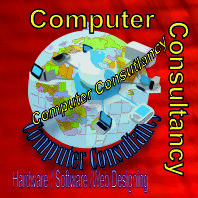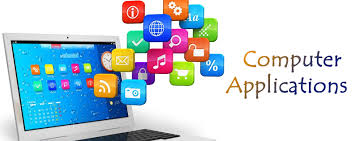Application software
Application software (app for short) is a program or group of programs designed for end users. Examples of an application include a word processor, a spreadsheet, an accounting application, a web browser, an email client, a media player, a file viewer, simulators, a console game or a photo editor. The collective noun application software refers to all applications collectively.[1] This contrasts with system software, which is mainly involved with running the computer.
Applications may be bundled with the computer and its system software or published separately, and may be coded as proprietary, open-source or university projects.[2] Apps built for mobile platforms are called mobile apps.
Terminology[edit]
In information technology, an application (app), application program or application software is a computer program designed to help people perform an activity. Depending on the activity for which it was designed, an application can manipulate text, numbers, audio, graphics and a combination of these elements. Some application packages focus on a single task, such as word processing; others, called integrated software include several applications.[3]
User-written software tailors systems to meet the user’s specific needs. User-written software includes spreadsheet templates, word processor macros, scientific simulations, audio, graphics, and animation scripts. Even email filters are a kind of user software. Users create this software themselves and often overlook how important it is.
The delineation between system software such as operating systems and application software is not exact, however, and is occasionally the object of controversy.[4] For example, one of the key questions in the United States v. Microsoft Corp. antitrust trial was whether Microsoft’s Internet Explorer web browser was part of its Windows operating system or a separable piece of application software. As another example, the GNU/Linux naming controversy is, in part, due to disagreement about the relationship between the Linux kernel and the operating systems built over this kernel. In some types of embedded systems, the application software and the operating system software may be indistinguishable to the user, as in the case of software used to control a VCR, DVD player or microwave oven. The above definitions may exclude some applications that may exist on some computers in large organizations. For an alternative definition of an app: see Application Portfolio Management.
Metonymy[edit]
The word “application” used as an adjective is not restricted to the “of or pertaining to application software” meaning.[5] For example, concepts such as application programming interface (API), application server, application virtualization, application lifecycle management and portable application apply to all computer programs alike, not just application software.
Apps and killer apps[edit]
Some applications are available in versions for several different platforms; others only work on one and are thus called, for example, a geography application for Microsoft Windows, or an Android application for education, or a Linux game. Sometimes a new and popular application arises which only runs on one platform, increasing the desirability of that platform. This is called a killer application or killer app. For example, VisiCalc was the first modern spreadsheet software for the Apple II and helped selling the then-new personal computers into offices. For Blackberry it was their email software.
In recent years, the shortened term “app” (coined in 1981 or earlier[6]) has become popular to refer to applications for mobile devices such as smartphones and tablets, the shortened form matching their typically smaller scope compared to applications on PCs. Even more recently, the shortened version is used for desktop application software as well.


